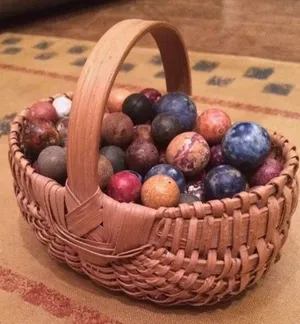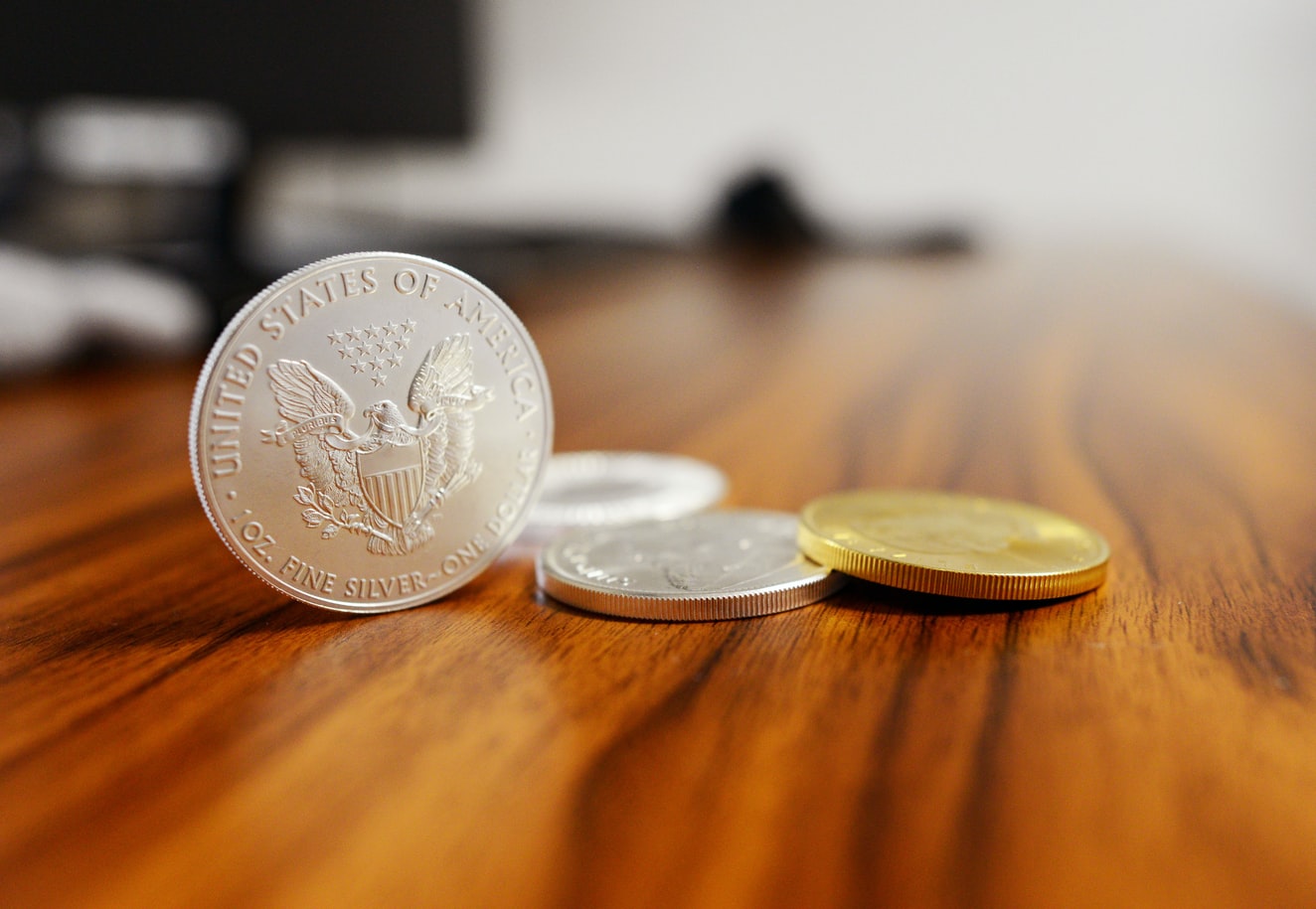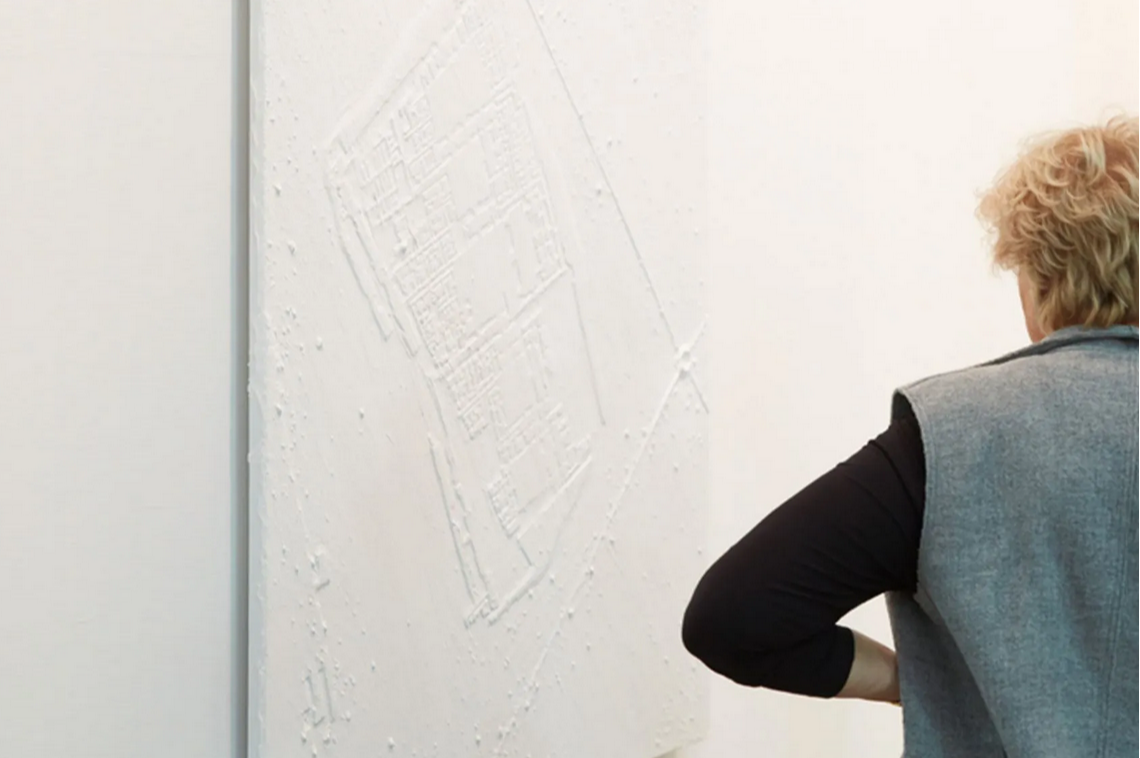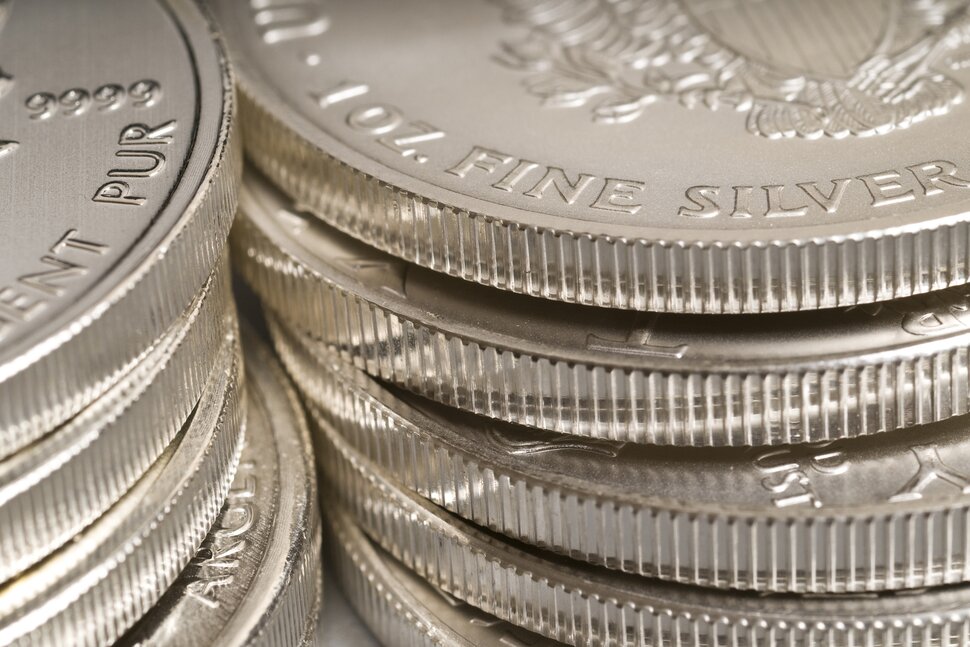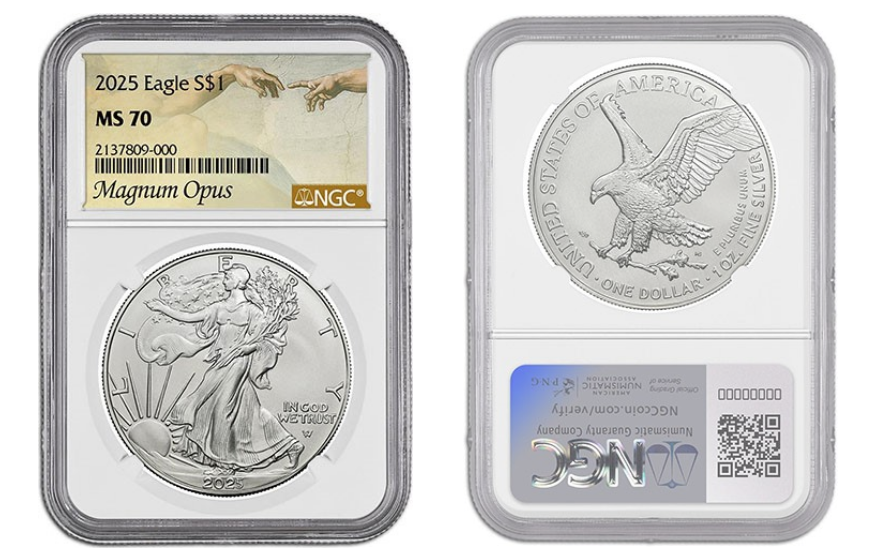Silver is considered a precious metal, like gold. But it also shares plenty in common with copper, a key industrial metal.
This duality can make silver a good investment, and it’s much cheaper than the yellow metal. In fact, silver is often referred to as “poor man’s gold.”
Like gold, silver is often viewed as a hedge against inflation, or declines in purchasing power, because it is a real asset with a supply that is constrained by mining production and recycling, and with demand that can expand from different sources.
Silver can also be used as a store of value because it can behave differently from stocks and bonds. For example, if global equities slide because of worries about instability in the Middle East, silver may follow gold higher as a so-called safe-haven investment.
“Economic uncertainty is a major driver of price movement in precious metals,” says Brandon Aversano, CEO of The Alloy Market, a precious metals buyer.
Central bank buying has helped gold rise to record highs recently, but in recent years these institutions have generally not bought silver. Interestingly, Russia recently announced plans to start buying silver. If central bank buying of silver becomes widespread, it’s likely the metal would increase in price.
Here’s what you need to know to make a decision about investing in silver:
Silver’s Industrial Uses
As a precious metal, silver offers an investment case that parallels that of gold. But silver’s industrial uses offer an investment thesis that may provide more upside potential than gold, especially as the energy transition away from fossil fuels gets underway.
Silver has long been used in electronics, automobiles, mirrors and water purifiers. But it is also used in solar panels and electric vehicles, and demand for both is only getting stronger.
This industrial use can help silver as an inflation hedge in a way not seen in the gold market because rising consumer prices often accompany economic growth and an increasing demand for goods that use silver.
“Silver is a high-demand metal used in various industries, including electronics companies and health care equipment,” Aversano says. “This industrial demand, in addition to consumer demand for silver jewelry, drives up the price of the metal.”
Volatility in the Silver Market
At the same time, this adds an element of volatility to silver by tying it more to boom-and-bust economic cycles than gold. The silver market is also smaller than the gold market, which can exacerbate the volatility.
Because silver is much cheaper than gold, each dollar of investment in it represents a bigger percentage of its price than gold, potentially causing silver price swings to be larger than gold’s in percentage terms, even if the metals are moving in the same direction.
History of the Price of Silver
From February 1915 through September this year, the inflation-adjusted price of silver rose more than 90%, indicating that over the very long term the metal’s price can outpace inflation. But in shorter time increments, silver, like many commodities, can be quite volatile.
For example, silver bought in 1915 had lost about half of its inflation-adjusted value by 2001. The price of silver spiked to about $64 per ounce in 2011 over concerns about the Federal Reserve’s quantitative easing program and instability in Europe following the global financial crisis.
But by 2020, the price of silver had dropped below $12 during the pandemic. On the morning of Oct. 25, spot silver was at $34 after hitting its highest level since 2012 earlier in the week.
How to Invest in Silver
Physical Metal
“While there are various ways to invest in silver and other precious metals, investing in physical assets – purchasing and storing physical silver – is a great way to start,” Aversano says.
Investors can buy 99.9% pure silver bars ranging in weight from 1 ounce to 100 ounces or bullion coins such as the 1-ounce American Eagles the U.S. Mint produces.
Investors can also buy so-called junk silver coins. Prior to 1965, dimes, quarters and half-dollars issued by the U.S. Mint contained large quantities of silver. While many of the coins have no collectible appeal, they maintain value tied to their silver content.
Any investor buying silver bullion should be sure to use reputable, well-established metals or coin dealers, such as JM Bullion, APMEX and SD Bullion.
But even the most reputable dealers will charge a premium over the spot price. And if you want to sell metal back to them, they’ll buy it at a discount. So you’ll have to factor those costs in when thinking about whether you’ll make a profit or not.
Also, keep in mind that paying for secure storage and insurance subtracts from any gains in the price of the investment.
“The drawback to purchasing physical silver is primarily the need to protect the investment,” Aversano says. “Consumers will often need to pay a monthly or annual fee to a depository to secure their metals, rather than self-storage.”
Silver Futures and Options
Investors can also buy silver futures, or exchange-traded contracts in which the buyer agrees to purchase a standardized quantity of silver at a predetermined price on a future delivery date.
Meanwhile, silver options holders have the right, but not the obligation, to buy or sell a certain quantity of the metal at a certain price during a specified window of time.
Keep in mind that investing in futures carries a steep learning curve that involves knowledge of leverage and the need to roll over contracts as they expire to avoid taking delivery of the metal.
You’ll also need to get special permission from your broker to trade futures.
Silver Mining Stocks
Investors can also buy shares of silver mining stocks. Some of the largest, most popular silver mining stocks include Fresnillo PLC (ticker: FNLPF), Coeur Mining Inc. (CDE) and Hecla Mining Co. (HL).
Silver miners can outperform the price of silver during times when silver is rising because they can use operating leverage to increase profits. But owning a company can introduce risks not associated with the market price of silver. Management can make bad decisions, or a mine might not pan out as expected. Mine accidents also happen in this risky industry.
Silver ETFs
To help cushion the risk of investing in single mining companies, investors can consider exchange-traded funds, or ETFs, that group mining companies together based on certain criteria.
The biggest of those traded in the U.S., based on total assets according to VettaFi’s ETF database, are the Global X Silver Miners ETF (SIL) and Amplify Junior Silver Miners ETF (SILJ).
But ETFs have management fees not associated with owning individual stocks, and because of the diversification, an ETF may not perform as well as a single miner that strikes it rich.
Also, silver ETFs aren’t limited to just miners. For example, the iShares Silver Trust (SLV) and abrdn Physical Silver Shares ETF (SIVR) invest in physical silver, and the Invesco DB Precious Metals Fund (DBP) invests in silver and gold futures contracts.
Silver ETNs
Exchange-traded notes, or ETNs, are debt instruments that operate like a hybrid between a stock and a bond, potentially tempering investor risk.
For example, UBS AG ETRACS Silver Shares Covered Call ETN (SLVO) is a silver ETN that tracks the price of silver and pays a monthly distribution to investors.
Silver Streaming Stocks
Investors can also buy shares of silver streaming or royalty companies that finance mining projects and receive a portion of the profits.
Wheaton Precious Metals Corp. (WPM) and Franco-Nevada Corp. (FNV) are among the most popular.
Silver IRAs
Another way to invest in silver is through a silver IRA. These individual retirement accounts function similarly to a regular IRA except they allow investment in silver coins or bars.
These accounts are exempt from the higher collectible tax that governs other profitable transactions in precious metals.


